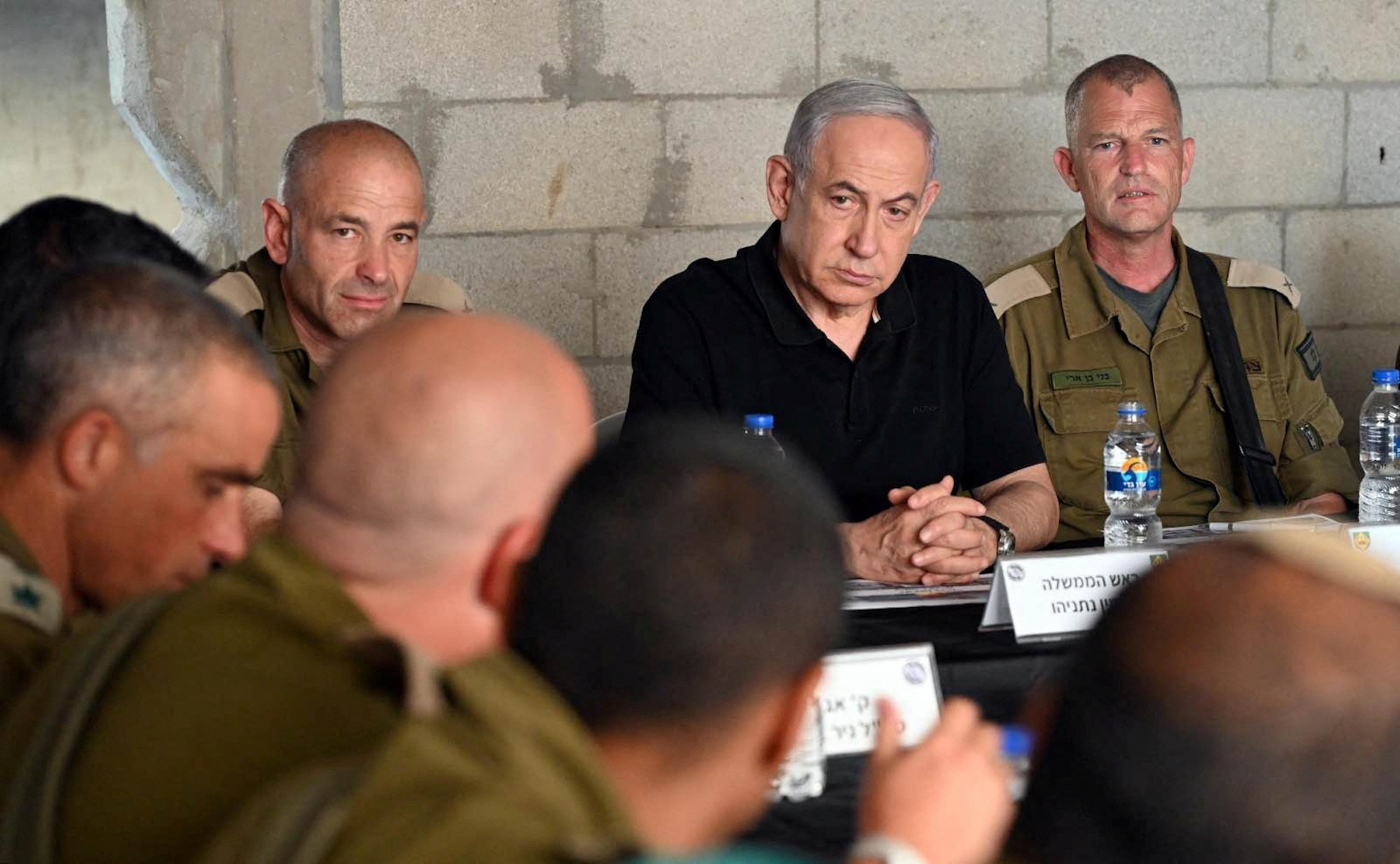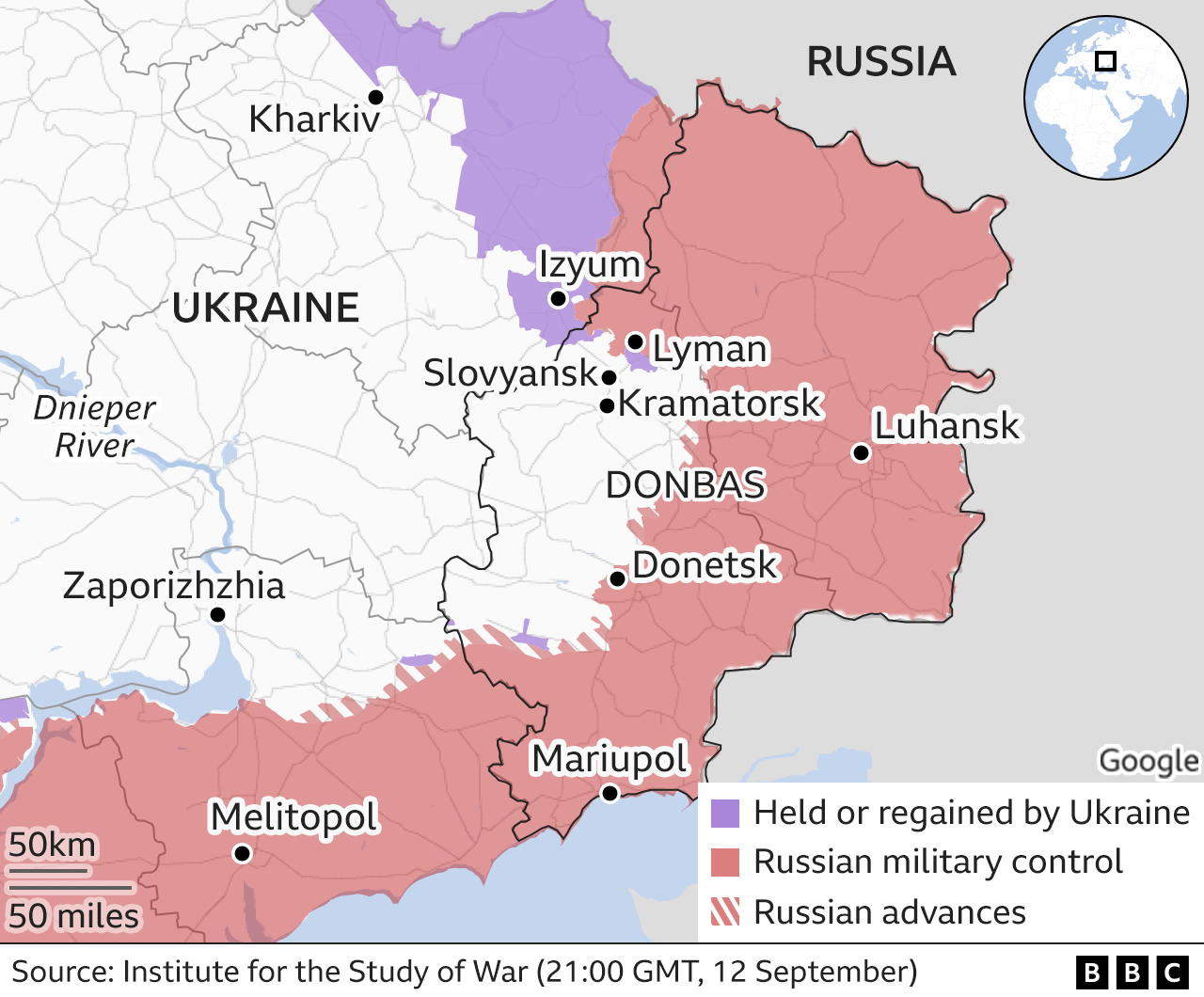Alright, let’s break down the situation in Ukraine over the last 24 hours. Frankly, it’s a mixed bag of predictably grim developments and calculated moves. The Russian Ministry of Defense is touting the destruction of Ukrainian fortified positions in the Red Army sector – standard propaganda fare, if you ask me.

Photo source:washingtonpost.com
We’re also seeing reported gains by Russian forces in eastern Ukraine, specifically in Shevchenko and Oleshnya in the Kursk region. But don’t mistake localized gains for a turning tide. Ukraine’s resilience remains formidable.
Then comes the supposed ‘peace offering’ – Putin’s 30-hour Easter truce. Thirty hours? Seriously? It’s a cynical attempt at PR, a performative gesture designed to paint Russia as the reasonable actor. Zelenskyy rightly called it insufficient, advocating instead for a full 30-day ceasefire. I agree with Zelenskyy. This isn’t about religious observance; it’s about maneuvering.
Meanwhile, Ukrainian forces are reportedly making inroads in the Belgorod region, expanding their control. This is key – they aren’t sitting still! Zelenskyy confirmed continued operations and defense in Kursk, signaling Ukraine isn’t ceding ground.
Beyond the battlefield, the narrative gets murkier. British media rightly points out that mineral deals won’t ‘buy’ peace for Ukraine. They are temporary fixes, not solutions.
Putin is also demanding a list of personnel from “unfriendly” nations – a chillingly vague and potentially expansive directive. And regarding that mineral agreement? Ukrainian officials clarified it didn’t address the issue of potentially converting US aid into debt. Seriously?.
Finally, a positive, albeit small, development: a prisoner swap of 246 personnel, facilitated by the UAE. Every life returned is a victory, but it barely scratches the surface of the suffering.
Knowledge Point: Understanding Prisoner of War (POW) Exchanges in Modern Conflict
POW exchanges, like the recent one between Russia and Ukraine, are governed by the Geneva Conventions. These internationally agreed-upon rules dictate the humane treatment of POWs.
Historically, such exchanges are often slow and complex, heavily influenced by political considerations and battlefield dynamics. They are rarely based solely on humanitarian concerns.
Third-party mediation, in this case by the UAE, is frequently used to establish communication channels and build trust between warring sides.
The number of exchanged prisoners often reflects a power balance. Smaller exchanges can signal a willingness to de-escalate, while larger ones can indicate a broader attempt at negotiation.
These exchanges provide glimpses of the conflict’s human cost and demonstrate a degree of adherence to international law, even amidst intense hostilities.





